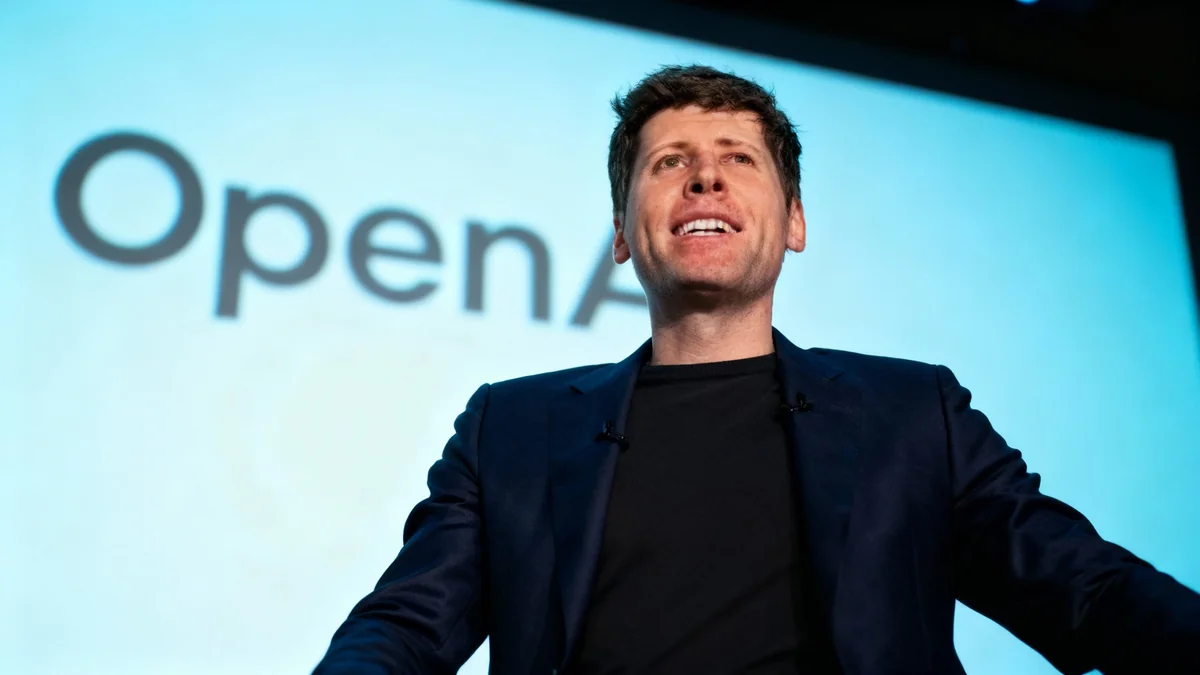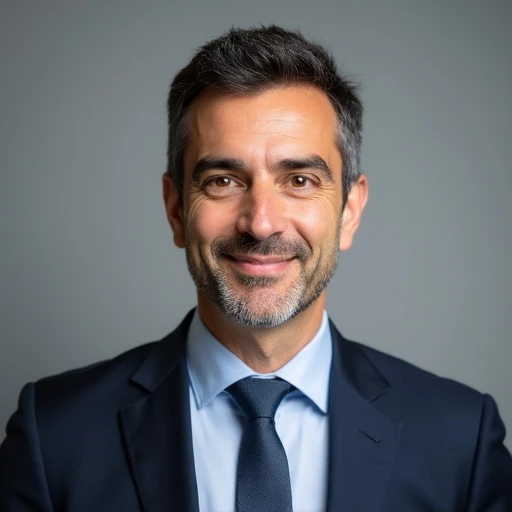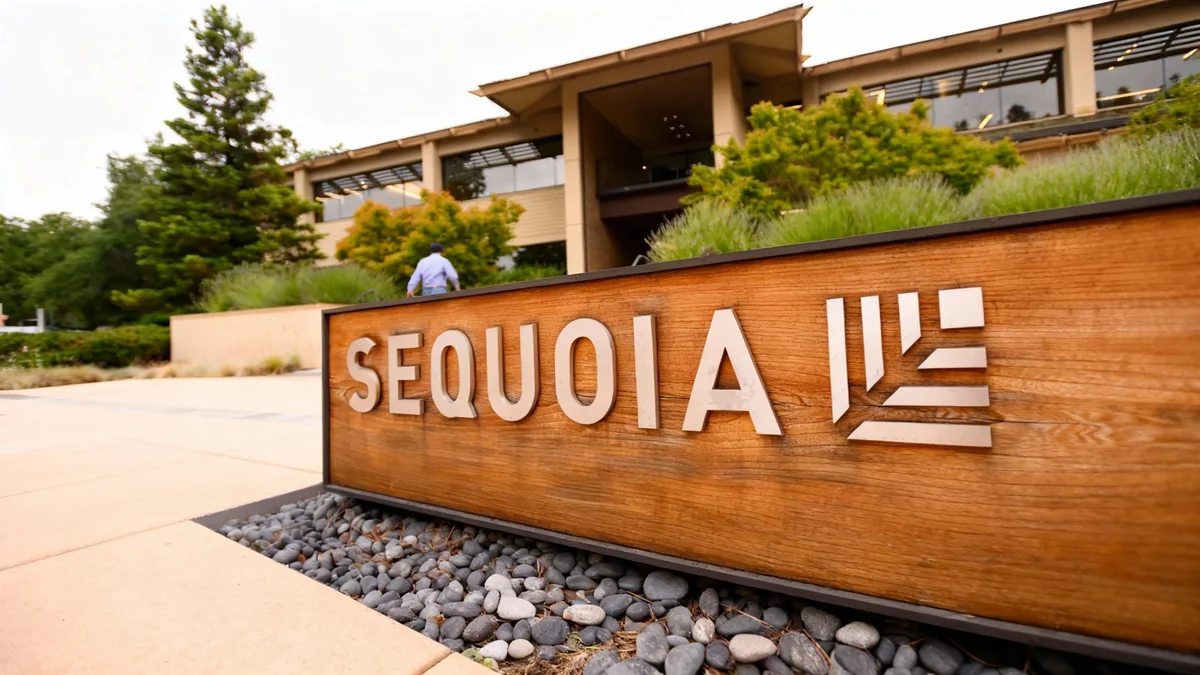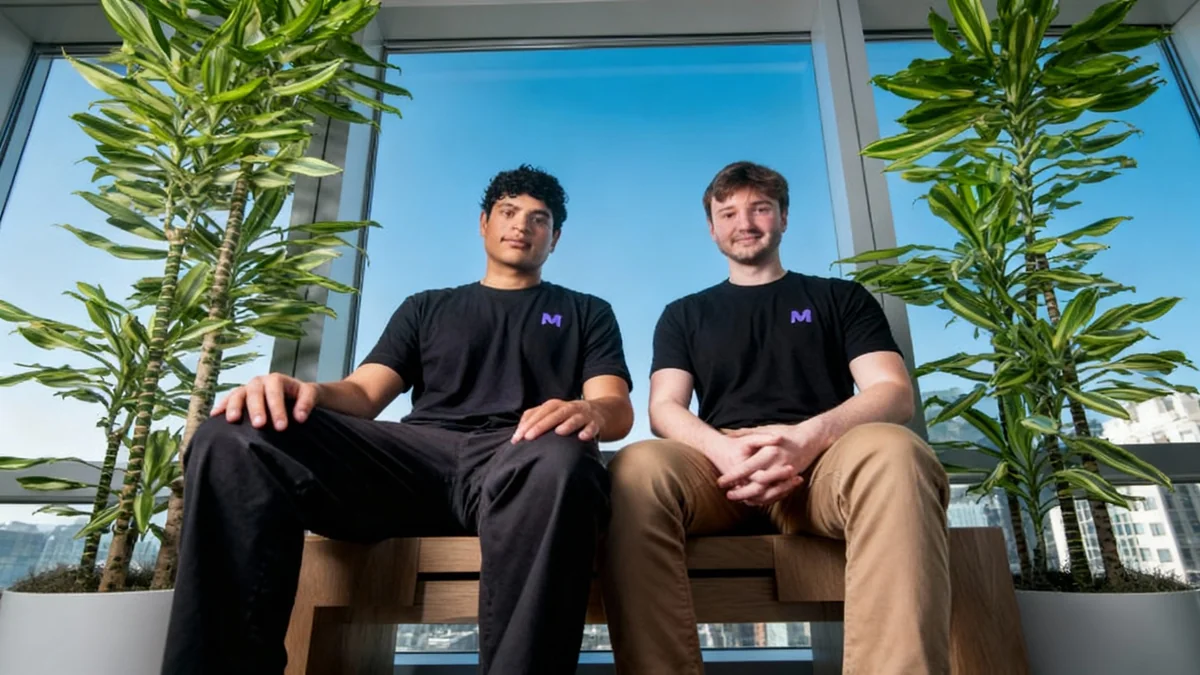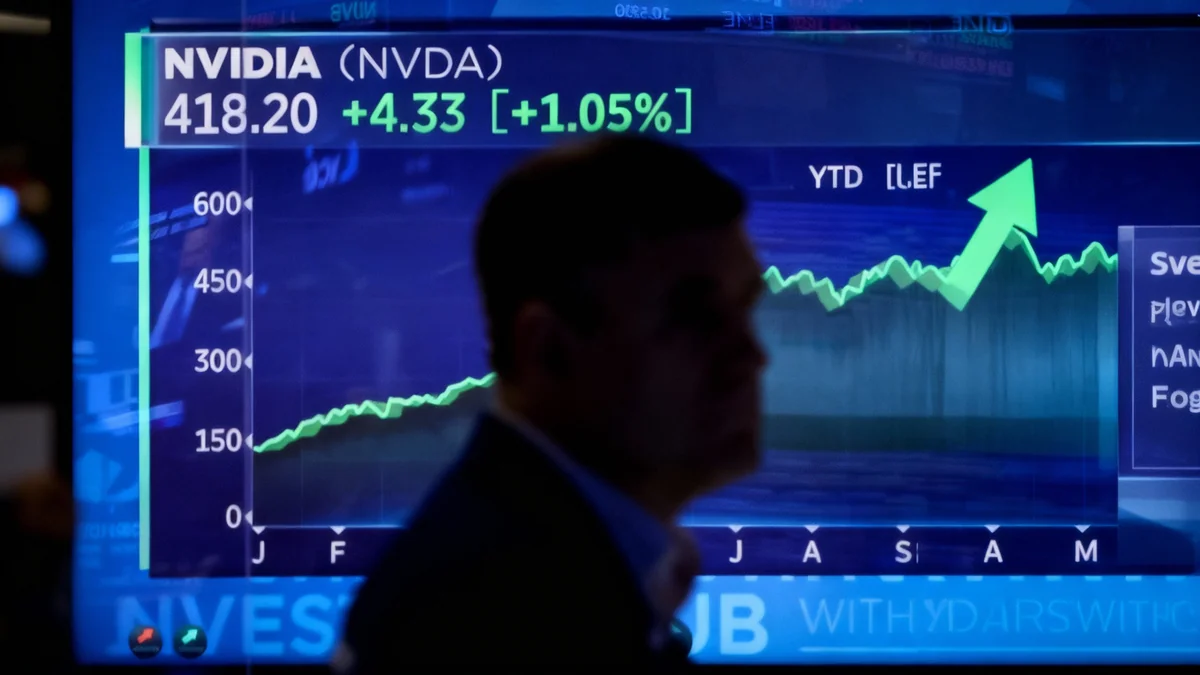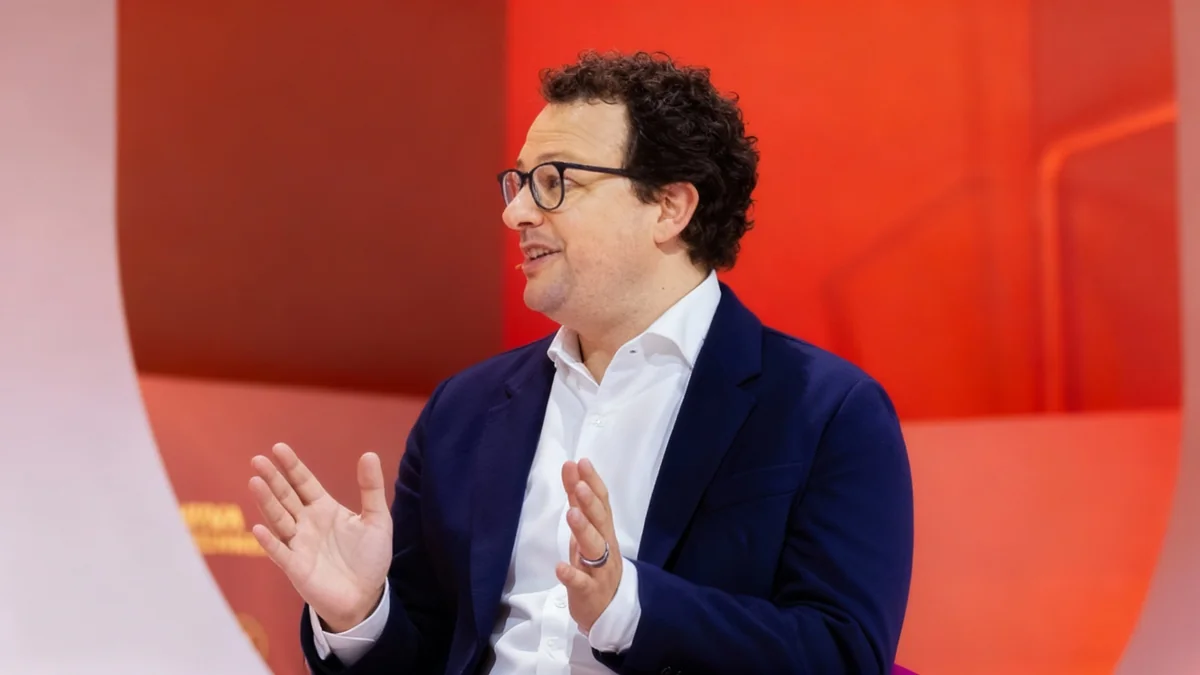OpenAI, the prominent artificial intelligence company, has executed deals worth up to $1.5 trillion with major tech firms like Nvidia, Oracle, AMD, and Broadcom. These agreements, crucial for securing computing power and chips, were largely masterminded by CEO Sam Altman and a small internal team, bypassing traditional external financial advisers.
This unconventional approach has drawn attention for its speed and the unique structures of the partnerships. While analysts have noted a lack of detailed financial terms in some agreements, OpenAI executives emphasize their primary focus on technical collaboration to advance chip development.
Key Takeaways
- OpenAI's deals for chips and infrastructure reach up to $1.5 trillion.
- CEO Sam Altman and a small internal team led negotiations, largely sidestepping external advisers.
- Key team members included Greg Brockman, Sarah Friar, and Peter Hoeschele.
- Deals often involve multi-year agreements with payments linked to milestones and flexible terms.
- The strategy aims to streamline dealmaking and accelerate chip development.
Altman's Inner Circle Drives High-Stakes Negotiations
Sam Altman, OpenAI's chief executive, has taken a direct role in steering these massive, multi-year deals. He has relied on a select group of lieutenants rather than traditional bankers and lawyers. This strategy aims to streamline the negotiation process and foster trust-based relationships with partners.
Among the core team members are OpenAI President Greg Brockman, Chief Financial Officer Sarah Friar, and Peter Hoeschele, who now leads infrastructure financing. This small group has been instrumental in shaping collaborations that secure vital computing resources for OpenAI's ambitious AI projects.
Deal Volume
The total value of these infrastructure and chip supply agreements could reach as much as $1.5 trillion, underscoring the scale of OpenAI's investment in AI development.
The Visionary and the Implementers
Sources close to the company describe Altman as the visionary, pitching bold concepts for these collaborations. Brockman and Friar, along with their teams, then translate these visions into structured agreements. One person involved noted,
"Sam is the visionary, but Greg and the team under him really pulled [these deals] together. He’s quiet and behind the scenes but Greg is the one that’s pushing when it’s not so simple."
Greg Brockman, a co-founder of OpenAI in 2015, brings a deep technical background. Before OpenAI, he served as the chief technology officer at fintech company Stripe. His expertise is crucial in understanding the complex technical requirements of these chip deals.
CFO Sarah Friar's Critical Role
Sarah Friar, who joined OpenAI last year, plays a pivotal role in ensuring the financial viability of these agreements. Her background as a former Goldman Sachs equity research analyst and her senior finance positions at Salesforce and Block give her significant experience in large-scale financial structuring.
Friar was previously CEO of the social networking app Nextdoor, where she led its initial public offering in 2021. Her involvement ensures that OpenAI can ultimately finance these extensive commitments, despite the deals often prioritizing technical aspects first.
Unconventional Deal Structures
These agreements have often been criticized by analysts for their lack of detailed financial terms and their complex, circular structures. These structures frequently tie together suppliers, investors, and customers in unique ways. Despite this, Wall Street has reacted positively to the announcements, with partner companies seeing significant share price increases.
The Evolution of Partnerships
OpenAI's approach to these deals evolved from a model first tested with AI cloud provider CoreWeave in March. An initial $11.9 billion deal for computing power included OpenAI receiving $350 million in CoreWeave shares. This contract has since grown to over $22 billion, with CoreWeave's shares tripling in value.
Many subsequent deals began with chip companies proactively approaching OpenAI. The open-ended nature of these agreements relies heavily on the trust established between Altman and his counterparts. This direct engagement with employees, rather than external advisers, aims to make negotiations less adversarial.
Key Collaborations and Their Terms
The partnership with Nvidia highlights this direct approach. Neither Nvidia nor OpenAI sought external advice for their transaction. Nvidia agreed to invest up to $100 billion in OpenAI, in exchange for OpenAI committing to spend up to $350 billion on 10 gigawatts (GW) of chips. A person close to the deal stated,
"Sam and Jensen have a long-standing relationship and talk constantly. That one was very much them."
A deal with AMD followed several years of discussions about designing a new chip specifically for OpenAI. AMD granted OpenAI warrants to purchase up to 10 percent of the company for a nominal price of 1 cent per share, in return for OpenAI buying 6 GW of chips. Law firm Sullivan & Cromwell provided advice on the structure of these share purchases.
Oracle Partnership
OpenAI's $300 billion, five-year partnership with Oracle began when a previous customer pulled out of a data center project in Abilene, Texas. Oracle's head of Cloud Infrastructure, Clay Magouyrk, approached OpenAI, which then took over the site.
Expanding Internal Expertise
Altman continues to strengthen his internal team. In September, he hired Mike Liberatore, formerly chief financial officer of Elon Musk’s xAI, as business finance officer. Liberatore is expected to be crucial in future deals as OpenAI expands its AI infrastructure push.
The company's goal, according to executives, is to stimulate the manufacturing and development of as many chips as possible. The financial specifics, while important, are often seen as details to be refined later, secondary to securing the technical capacity required for advanced AI development.
